Disclosure: This article contains affiliate links. We may earn a commission from purchases at no extra cost to you, which helps our travel content.
The first time my running shoes hit the misty trails of Nuwara Eliya at dawn, I knew I'd found a special corner of Sri Lanka that would forever echo in my footsteps. The locals call it 'Little England' for its colonial architecture and manicured gardens, but that nickname barely scratches the surface of this highland haven. After spending three weeks here training at altitude for the Colombo Marathon while coordinating a clean water initiative, I discovered that Nuwara Eliya's true rhythm isn't found in its postcard views but in the spaces between—where tea pickers sing traditional songs at sunrise, where monastery bells create a meditation soundtrack, and where local markets pulse with a vibrant energy that no guidebook fully captures. This isn't your typical tourist itinerary; it's a week-long journey through the heart of hill country as experienced by someone who's both a visitor and temporary local. Lace up your boots, grab your reusable mug, and let's explore Nuwara Eliya the way it deserves to be seen—one mindful step at a time.
Finding Your Highland Rhythm: Where to Stay
The secret to experiencing Nuwara Eliya authentically starts with where you lay your head. Skip the colonial-era luxury hotels (though they're worth a visit for afternoon tea) and head straight to the family-run guesthouses tucked away on the eastern edges of town.
My personal sanctuary became Heidi's Home, a modest but immaculate guesthouse run by former tea estate manager Chandana and his wife Kumari. At just $25/night including a breakfast that'll fuel even the most ambitious hiker, it's the kind of place where you arrive as a guest and leave as family. Their knowledge of the region's hidden trails alone is worth the stay.
For those seeking even deeper immersion, I spent three unforgettable nights at the Tea Leaf Homestay, where $18/night gets you a simple room on an active tea plantation. The walls are thin and the hot water sometimes temperamental, but waking up to the sounds of tea pickers beginning their day creates a connection to place that no five-star hotel could match.
Both options offer something increasingly rare in our hyper-connected world: authentic conversation. Over homemade arrack (local coconut liquor) one evening, Chandana shared stories of how the region's climate has shifted over decades, affecting both tea production and the community's relationship with the land—the kind of nuanced understanding that transforms how you experience every cup of Ceylon tea thereafter.
If you're traveling with a companion, consider splitting your stay between town and the surrounding hills. The perspective shift is worth the minor inconvenience of relocating mid-week.
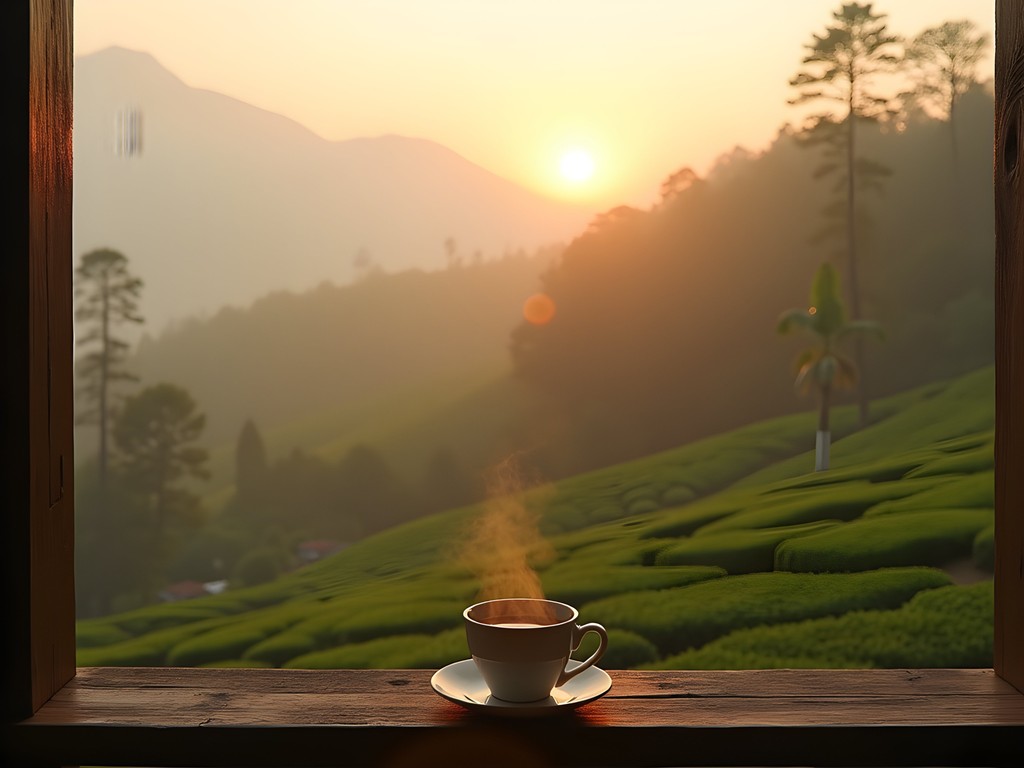
💡 Pro Tips
- Book guesthouses directly by phone or email for better rates (15-20% lower than online platforms)
- Request rooms at the back of properties for mountain views and to avoid street noise
- Many family guesthouses offer free pickup from the bus station if you arrange in advance
The Monastery Morning: A Different Kind of Temple Visit
While most visitors flock to the town's Hindu temples (which are indeed worth your time), my most profound spiritual experience came from a pre-dawn visit to the lesser-known Samadhi Buddhist Monastery, nestled in a forest clearing about 7km outside town.
Unlike the more commercial temples, Samadhi welcomes respectful visitors to join their morning meditation and chanting session, which begins promptly at 5:30 AM. The catch? You'll need to arrive on foot, as the access road is closed until 7 AM. This intentional barrier creates a natural filter, ensuring only the genuinely interested make the journey.
The 6km trail from town (easily found on Maps.me but not on Google Maps) doubles as my favorite running route in the region. The gradual climb through tea estates and pine forests serves as a moving meditation itself, especially when equipped with a reliable headlamp for those early starts. The beam is powerful enough to illuminate wildlife without disturbing it—I've spotted barking deer and wild hare during my pre-dawn treks.
At the monastery, Venerable Nanda speaks enough English to welcome foreigners but not so much that the experience feels curated for tourists. The 45-minute seated meditation followed by tea ceremony offers a window into daily spiritual practice that feels authentic precisely because it's not designed for visitors.
What struck me most was how the monastery's relationship with the surrounding tea estates reflects a delicate balance between spiritual practice and economic reality. The monks maintain a small organic tea plot, producing just enough for their own consumption and to share with visitors—a mindful counterpoint to the industrial production happening just beyond their boundaries.

💡 Pro Tips
- Bring a small offering of fresh flowers or fruit (never money) when visiting the monastery
- Wear easily removable shoes and modest clothing that covers shoulders and knees
- Learn the basic Buddhist greeting (hands in prayer position with a slight bow) to show respect upon arrival
Beyond Orange Pekoe: The Tea Estate Experience
Forget the commercial tea factory tours where you're shuttled through production lines before being funneled into gift shops. The real tea experience in Nuwara Eliya happens in the fields, alongside the women whose families have been harvesting these slopes for generations.
Through a connection made at my guesthouse, I spent a half-day with tea picker Lakshmi and her team at the family-owned Ferncliff Estate. Unlike the major producers, smaller estates like Ferncliff welcome visitors who are genuinely interested in understanding the labor and craft behind each cup. For a modest 1500 rupees (about $8), they'll let you try your hand at picking—a humbling experience that left me with newfound respect and sore fingers after just 30 minutes.
"Two leaves and a bud, Mason. Always two leaves and a bud," Lakshmi reminded me repeatedly as my clumsy fingers fumbled with the delicate shoots. By midmorning, when the mist burns off and the sun intensifies, I understood why the traditional wide-brimmed hats and arm coverings aren't just cultural artifacts but essential protection.
What you won't find in guidebooks is that many estates have small worker-run canteens where pickers take their tea breaks. At Ferncliff's canteen, I experienced the most authentic cup of Ceylon tea of my journey—served in a simple glass with jaggery (unrefined palm sugar) on the side, prepared by the very hands that harvested it hours earlier.
For serious tea enthusiasts, I recommend bringing a proper tea journal to document the subtle differences between estates and processing methods. Mine has become an aromatic memoir of my time in Sri Lanka's highlands, with pressed tea leaves, tasting notes, and conversations recorded alongside each entry.
Before leaving, purchase tea directly from the estate rather than tourist shops. Not only is it significantly cheaper (about 30% less), but you're ensuring more of your money reaches the community that actually produces this liquid gold.

💡 Pro Tips
- Visit tea estates on weekday mornings when picking is most active, avoiding Poya days (monthly Buddhist holidays)
- Bring small denominations of cash for purchasing tea directly from estates—they won't accept credit cards
- Learn a few Tamil phrases as most tea workers speak Tamil rather than Sinhala
Runner's High: Altitude Training in the Highlands
For fellow marathon enthusiasts, Nuwara Eliya's elevation (1,868m/6,128ft) makes it an ideal location for altitude training. The thin air challenges your cardiovascular system while the cooler temperatures—typically 10-15°C (50-60°F) cooler than coastal Sri Lanka—create perfect running conditions.
My favorite running route begins at Gregory Lake, following the northwestern shore before climbing into the pine forests that border the golf course. The 12km loop offers varied terrain and breathtaking vistas that distract from the burn in your lungs. Just be prepared for curious onlookers—recreational running isn't common among locals, and you'll likely field friendly questions about what you're running from.
For longer routes, the road to Moon Plains provides a challenging 18km out-and-back with nearly 400m of elevation gain. The reward is worth the effort: panoramic views stretching to Adam's Peak on clear mornings. Start early (before 7 AM) to avoid both traffic and the midday sun.
A word of caution: the combination of altitude, unfamiliar terrain, and potentially limited access to medical facilities demands proper preparation. I never run these routes without my hydration vest, which comfortably carries water, emergency snacks, and a light rain shell for the afternoon showers that can appear without warning.
The unexpected benefit of running in Nuwara Eliya was the connections it created. Local schoolteacher and amateur runner Ashan spotted me on my third morning and invited me to join the informal running group that meets Saturdays at 6 AM near the post office. Through these weekly runs, I gained insights into local life that no tour could provide—from which bakeries make the best egg hoppers to how climate change is affecting the region's agricultural patterns.
If you're training seriously, note that the town has limited fitness facilities. I supplemented my runs with bodyweight workouts in local parks, drawing curious glances but also spontaneous participation from local kids eager to learn exercises.
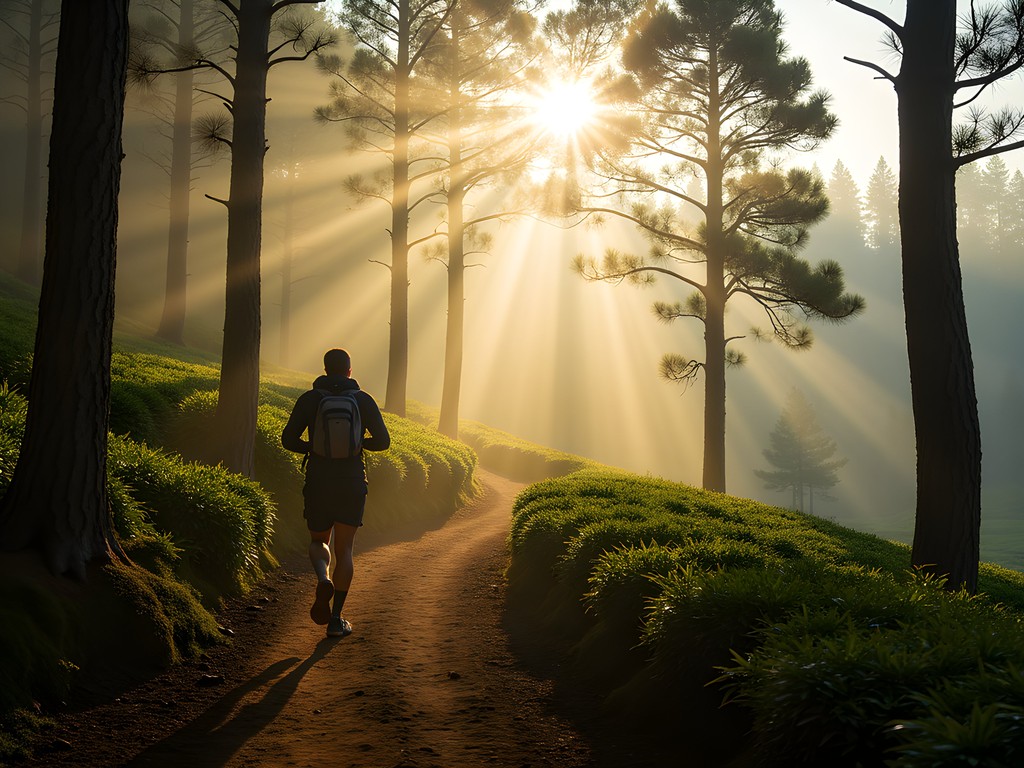
💡 Pro Tips
- Download offline maps before running unfamiliar routes as cellular coverage can be spotty in valleys
- Wear high-visibility clothing—drivers aren't accustomed to sharing roads with runners
- Respect tea estate boundaries; stick to public roads and established paths
Market Melodies: Finding Sri Lanka's Vinyl Treasures
My dual passions for music and running converge in an unlikely Nuwara Eliya location: the Sunday flea market behind the bus terminal. While tourists flock to the more photogenic fruit market, this unassuming collection of stalls has become my go-to for uncovering Sri Lanka's rich musical heritage pressed into vinyl.
The market opens around 7 AM, but the real treasures emerge around 9 AM when elderly vendors arrive with boxes of records often sourced from estate sales and clearing of colonial-era homes. These aren't curated collections with inflated prices—they're genuine time capsules waiting to be discovered by those patient enough to dig.
On my second Sunday in town, I unearthed a near-mint pressing of Clarence Wijewardena's 'Dilhani'—a cornerstone of 1970s Sinhala pop that blends traditional melodies with psychedelic guitar work. The asking price? Just 800 rupees (about $4) after some friendly haggling. The vendor seemed more pleased that the record was going to someone who appreciated its cultural significance than concerned about maximizing profit.
For serious collectors, bring a portable record player to test your finds. Mine has become an essential travel companion for these excursions, and it's sparked countless conversations with curious locals surprised to see vinyl enjoying a revival.
Beyond records, the market offers a window into local life unfiltered for tourist consumption. The food stalls at the back serve what might be the town's most authentic rice and curry for a fraction of restaurant prices. My Sunday ritual became crate digging followed by a meal alongside bus drivers and market workers—the kind of cultural immersion that happens when you step away from TripAdvisor's top recommendations.
If vinyl isn't your thing, the market still rewards exploration. Vintage cricket equipment, colonial-era housewares, and hand-crafted instruments offer glimpses into Sri Lanka's complex cultural history. Just remember to bring small bills and a willingness to communicate beyond language barriers—a smile and respectful interest go further than perfect Sinhala pronunciation.
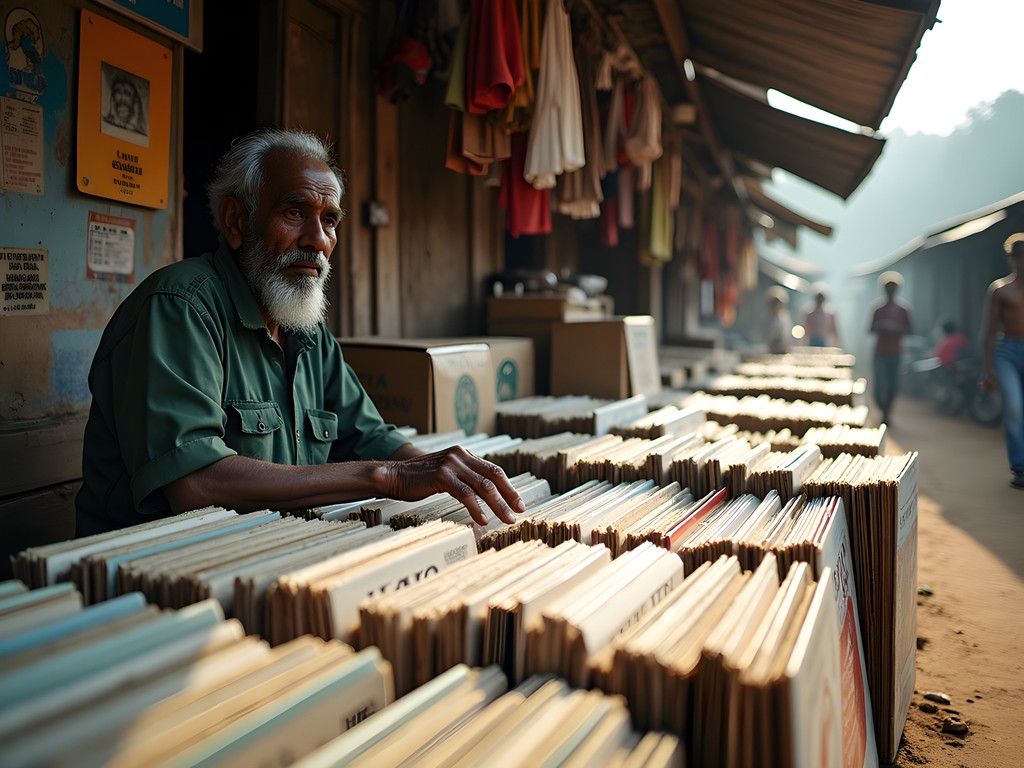
💡 Pro Tips
- Arrive with empty bags—you'll likely find unexpected treasures worth carrying home
- Learn basic numbers in Sinhala for haggling, but expect to pay slightly more than locals
- Bring hand sanitizer and your own water bottle as facilities are limited
Final Thoughts
As my week in Nuwara Eliya draws to a close, I find myself sitting on the small balcony of Heidi's Home, watching mist roll across the valleys while sipping tea harvested just kilometers away. The true magic of this highland haven isn't found in its colonial architecture or manicured gardens, but in the rhythms of daily life that continue largely unchanged despite tourism's growing presence. The early morning chants from Samadhi Monastery, the methodical snip of tea pickers' shears, the Sunday market's vibrant haggling—these authentic soundtracks reveal Nuwara Eliya's heart in ways no guidebook can capture. Whether you're seeking spiritual connection, athletic challenge, cultural immersion, or simply a respite from Sri Lanka's coastal heat, these hills offer a different pace worth experiencing. Just remember to step beyond the tourist trail, lace up your walking shoes, and allow yourself to move at the tempo of local life. The highlands are waiting to share their stories—one mindful step at a time.
✨ Key Takeaways
- Stay with local families rather than hotels for authentic cultural exchange and insider knowledge
- Visit smaller tea estates and monasteries for experiences untouched by commercial tourism
- The Sunday flea market offers cultural treasures and connections beyond typical souvenir shopping
- Early mornings reveal Nuwara Eliya's most authentic moments—embrace the dawn despite the chill
📋 Practical Information
Best Time to Visit
March-May (spring) when temperatures are moderate and rainfall is lower
Budget Estimate
$30-50 per day including accommodation, food and activities
Recommended Duration
5-7 days
Difficulty Level
Intermediate

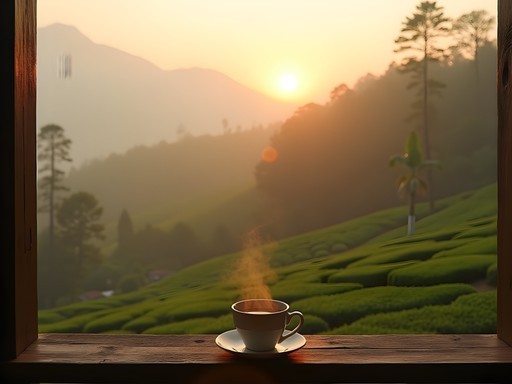
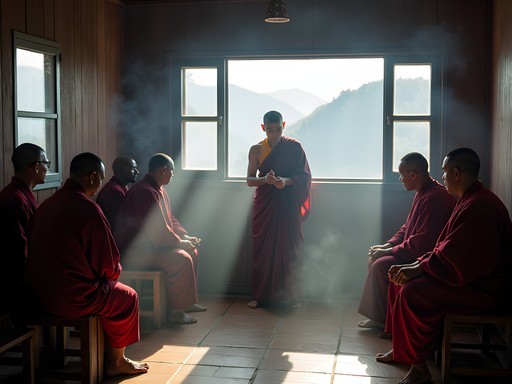
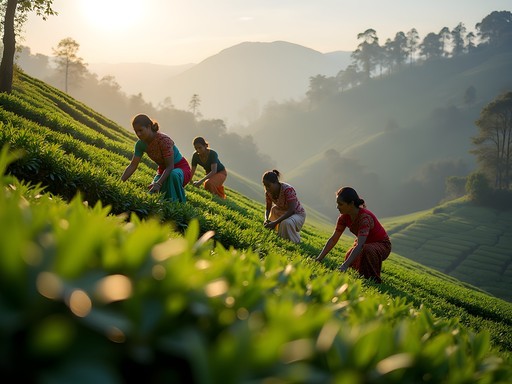
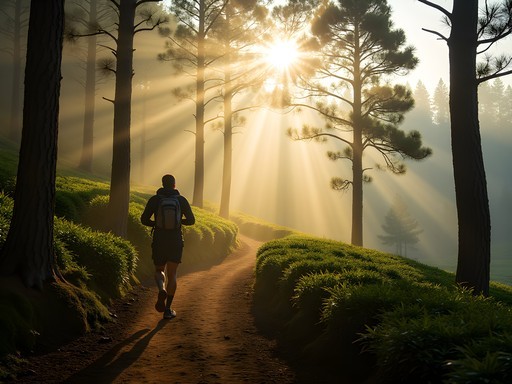
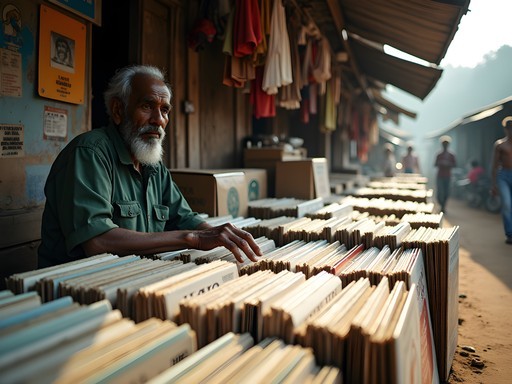


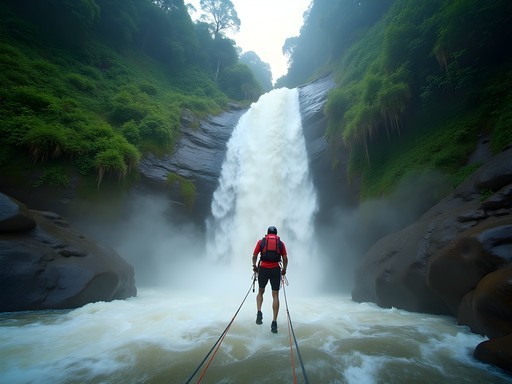





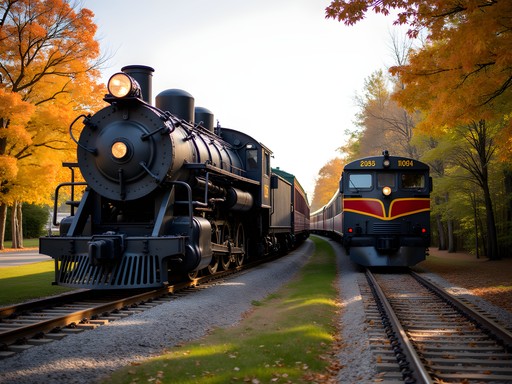
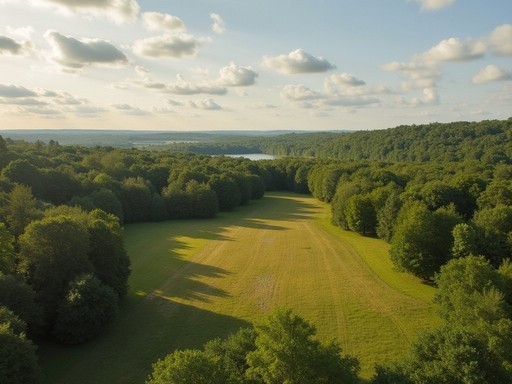
Comments
coolpro
OMG this post is EXACTLY what I needed!!! Heading to Sri Lanka in two weeks and just added Nuwara Eliya to my itinerary because of you! Those misty morning photos are EVERYTHING! Can't wait to try that monastery morning routine you described - sounds so peaceful. Thanks for the inspiration!!! 🙌🍃☕
Timothy Jenkins
Mason, your piece really captures the essence of Nuwara Eliya! I spent a month there last year researching for my Sri Lanka guide. The 'Highland Rhythm' section resonated deeply - the pace of life there is something special. One tip for readers: the train journey from Kandy to Nuwara Eliya is arguably more spectacular than the famous Ella route but less crowded. Book the observation car if possible, though the regular 2nd class offers better photo opportunities with open windows. Also, for those staying longer, the local vegetable market on Saturdays is a cultural experience not to be missed - the highland produce is exceptional and the community gathering aspect gives you a glimpse into local life beyond the colonial tea culture.
coolpro
Timothy - did you find the train tickets easy to book in advance? Going next month and worried about availability!
Timothy Jenkins
For observation car, book at least 30 days ahead through a local agency. For regular 2nd class, you can usually get them 1-2 days before at the station. Worst case, 3rd class is always available and still offers amazing views!
photovibes
Great post! Those morning shots are stunning. How difficult would you rate the hiking trails for someone with moderate fitness? And did you need any special gear for the weather changes?
Mason Sullivan
Thanks! Most trails around Nuwara Eliya are moderate - nothing too technical. The weather can change quickly though, so layers are essential. I always carried a light rain jacket and wore my trail runners which handled the sometimes muddy paths perfectly. The Horton Plains trail to World's End is the most challenging but doable if you pace yourself!
coolchamp2226
Loved reading this! I visited Nuwara Eliya last year and totally agree about the misty mornings - absolutely magical. We stayed at Heidi's Home too after reading another blog post, and that balcony view is exactly as you described. Did you try the street food near the market? Those samosas changed my life lol. Planning to go back next year to try some of those running trails you mentioned!
Timothy Jenkins
The samosas there are incredible! Did you make it to any of the tea estates? I found Pedro's to be less touristy than some of the others Mason mentioned.
coolchamp2226
Yes! We did Pedro's too - way less crowded and the guide gave us extra time in the tasting room. Good call!
skyhero
Just returned from Sri Lanka and made Nuwara Eliya a priority after reading this post. Your runner's high section inspired me to take morning jogs - the altitude definitely kicked my butt the first day! The tip about Gregory Lake was perfect - we rented bikes and circled it twice. One thing I'd add: the Victoria Park bird watching at dawn is incredible if you're into that. Spotted 9 species in just an hour with a local guide named Sanjay (find him near the entrance). Oh and the Grand Hotel's high tea is touristy but so worth it for the colonial atmosphere.
roamway
How much was the bike rental at Gregory Lake? Thinking of going next month.
skyhero
About 500 rupees per hour, totally reasonable! Ask for the newer bikes though, some are pretty worn down.
nomadlife
Did you try the strawberries they're famous for? Worth the hype?
Mason Sullivan
Absolutely! The strawberry farms just outside town are incredible. Try the fresh strawberry jam at Adma Agro - they let you pick your own berries too!
Savannah Walker
Mason, your post brought back so many memories! I spent two weeks in Nuwara Eliya last year and fell in love with those misty mornings. The monastery visit you described was a highlight for me too - that moment of quiet meditation as the sun breaks through the clouds is something I still think about. For anyone planning to go, I'd add that the local market on weekends is worth exploring - I found the most amazing spices and handcrafted wooden items that I still treasure. Also, if you're into hiking, pack your hiking boots as the trails get super muddy after rain!
skyhero
How were the crowds at the monastery? Worth going super early?
Savannah Walker
Definitely go early! By 9am it gets busy with tour groups. I went at 6:30am and had almost the entire place to myself for the first hour.
roamway
Just got back from Nuwara Eliya last week! Your description of the morning mist is spot on. We stayed at Heidi's Home too based on your recommendation and loved the homemade breakfasts. The walk to Single Tree Hill nearly killed me though - definitely wasn't prepared for that altitude! Worth every labored breath for those views.
dreamadventurer
This looks amazing! Which tea estate would you recommend for someone who only has time to visit one? I'm planning a quick 2-day trip in November.
Mason Sullivan
If you only have time for one, Pedro Tea Estate offers the most comprehensive tour and has stunning views. Make sure to go early morning to avoid crowds!
dreamadventurer
Thanks so much! Early morning it is then. Can't wait!
vacationway
Just booked my tickets to Sri Lanka for November!!! This post couldn't have come at a better time! So excited to try that monastery morning routine you described - sounds like the perfect way to start the day in the highlands!
Mason Sullivan
You're going to love it! November should have beautiful weather too. Feel free to DM me if you need any specific recommendations!
vacationway
Thanks so much! Will definitely take you up on that offer closer to my trip!
Venture X
Premium card with 2X miles, $300 travel credit, Priority Pass